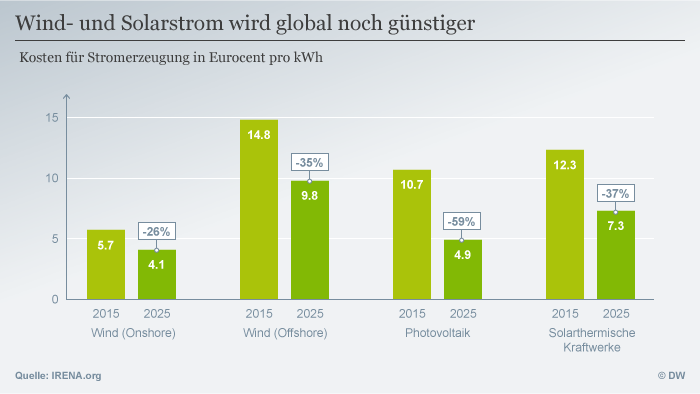The Expansion of Renewable energy has been subsidized in Germany for almost 20 years with billions. The wind turbines will be built here is still solar modules come but today from Asia. What is wrong?
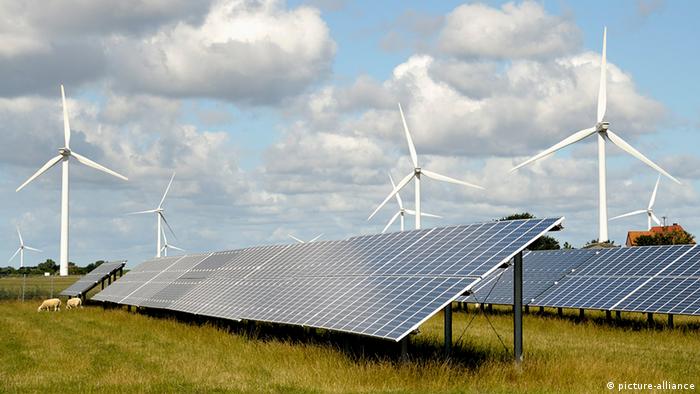
Actually, the German solar industry had the best start-up opportunities. With hefty subsidies, the government has supported since the turn of the Millennium, the young industry that resulted in a surge in demand and gave the solar company’s record profits. In the meantime, but it looks – in spite of subsidies – is bleak for the German solar industry. Once celebrated, are Q-Cells and Conergy, meanwhile, Broke. Since the middle of may, king Frank Asbeck is also for the former sun-circuit. His company Solarworld had to file for bankruptcy. The German solar market today is dominated by the Chinese and Indians.
Has not encouraged the German government, however, only the solar energy but also other Renewable energies such as wind power or Biogas. And in the wind industry looks very different. Here are the German manufacturers have a good level and need less and less subsidies to operate new wind farms. But how is it that the support in one area, apparently, is successful, and in the other area?
A tailwind from the state
A look back to the year 1991. At that time, the red-green government to press ahead with the energy turnaround strongly decided – with the help of the Renewable energies act (EEG). Through this law, anyone who produces electricity with Renewable energy receives a fixed remuneration. The project is financed since then, using the so-called EEG levy, which is borne by the consumers. Every electricity customer pays a surcharge on the electricity bill to Fund green power development. Germany wanted to be a green energy country number One, and with the Expansion of Renewable energies at the same time the domestic economy.
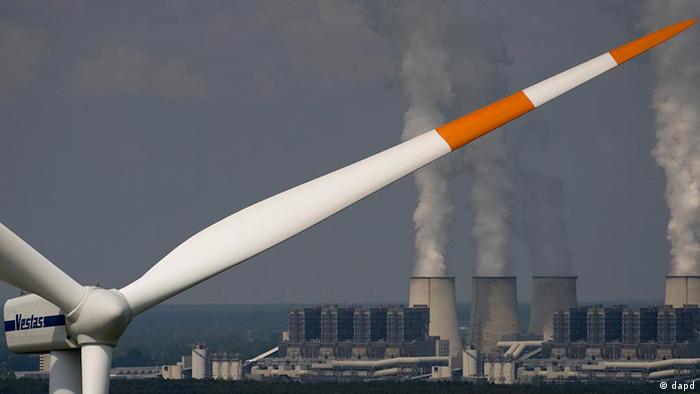
Acceleration of the energy transition After the nuclear accident in Fukushima in 2011, the accelerated phase-out of nuclear power is decided.
And it worked. The share of electricity from Renewable energy sources in the year 2000 was seven percent of total consumption, in 2017 nearly a third. But due to the high subsidies, the German company had failed to strengthen its power of innovation, says Manuel Frondel from the Rhine – Westphalian Institute for economic research (RWI). “It’s a Fund was fundamental error, that the subsidy is across the Board, and it is not prefer it to the research and development of a technology has to be promoted.”
Because of this type of subsidy only German manufacturer not to benefit. The remuneration flowed regardless of whether you are a German or a Chinese solar module is screwed now on the roof. In the beginning it was not a Problem, because solar modules from China were favorable, however, were considered inferior. Over the years, but China has done it the same way as Germans and its solar module production is also heavily subsidized. Today, the modules from China are of the quality that the Germans have nothing and have pushed them about cheaper prices from the market. Thus, Germany is subsidised in the meantime, indirectly, Chinese manufacturer.

The threat of cheap competition from abroad would have guessed in advance, says Frondel. Because the semiconductor industry, the production in cheap wage countries is shifting. Frondel, therefore, considers that the subsidisation of photovoltaics for a massive error. His Institute have calculated that solely for the photovoltaic payment obligations for investments in Germany in the amount of over 100 billion euros is being established. You have a share of only five per cent of German power supply. Of these, about a third of the consumer is the electricity bill paid, Frondel. “The lion’s share must be paid by the consumers with their electricity bills over the next 20 years. So then, if most of the jobs in the solar industry are no longer present.”

However, the entire German solar industry is not in shadow, emphasises Christoph Podewils of the think tank Agora Energiewende. When it comes to inverters, you need to take off the DC power of the solar modules, to deliver, to make AC for the power grid, German companies are not bad. “SMA, for example, is still one of the leading companies in the world.”
The nose in the Wind
Wind turbines could not be so simply replaced by foreign ones, says Podewils. “The construction of wind power plants is a classical mechanical engineering, and such large plants are not so easy to transport.” As a German manufacturer simply by their location and by their technology know-how to have a good starting position. “In the case of solar modules, which is something quite different. Can be shipped in containers easily around the world. The big manufacturers are sitting today in China or India, where they are very cheap to produce.”
In addition, the wind industry is not to rely on subsidies, since they are exported to some 70 per cent of their assets. In addition, the subsidies for wind power would amount to only a fraction of the promotion of PV, Frondel. And in the wind power industry in Europe from the beginning a strong competition, whereby the companies have been constantly challenged to be keep their production is innovative and efficient.
Money by watering can to distribute
According to a study by the energy turnaround, Germany has cost up to 2015 is around 150 billion euros. By 2025, the amount could increase to about 500 billion euros, if the necessary Expansion of the distribution and transmission networks. Complaints about the high costs we hear from industry and consumers.
In order to contain costs by further Expanding Renewable energies, was reformed in the EEG. Now gets, who will build new large-scale plants for Solar, Biogas or wind energy, not more, per se, a fixed feed-in tariff. But wind farms are to be advertised and may be built by the person who takes the least subsidies.
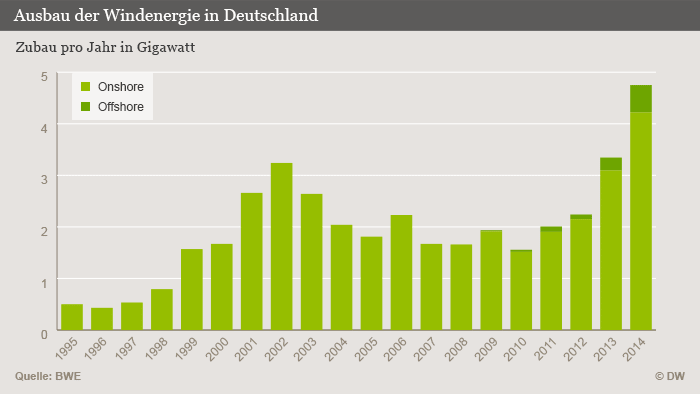
“The cheapest current form at all”
And lo and behold, in the recent invitation to tender for Offshore wind farms in the North sea to be built by 2025, the energy supplier EnBW and the Danish company Dong is the Supplement, because they want to completely forgo funding. And also in the case of wind farms on Land less subsidies are paid. New wind power plants still only get an average of 5.71 in cents per kilowatt-hour is guaranteed, as the economy Ministry announced last Friday. The are about 20 percent less than in the past. Under the old funding system of the guaranteed compensation was between seven and eight cents per kilowatt-hour.
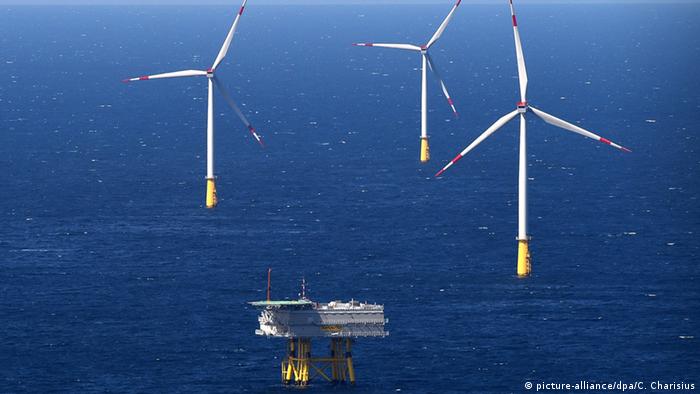
Future wind parks in the sea may need no further subsidies
For the consumer, only a small ray of light. “The disaster in terms of electricity bill is unfortunately already happened,” says Frondel. Alone between 2009 and 2017, the EEG-levy quadrupled to 6,88 cents. “Unfortunately, the EEG will increase the levy with the Expansion of Renewable energies,” predicts Frondel. According to various studies, you will fall probably until 2025.
In view of the struggling solar industry, one can ask whether the subsidy was a mistake. For Germany, the energy transition is, of course, very expensive, says Podewils. But one must bear in mind that by means of the promotion of the technologies for wind power and photovoltaics are massively cheaper. “Solar power today costs only 10 percent of what it cost 15 years ago, and in the case of wind power we’re talking about a halving,” says Podewils. As a result, many countries in the world that can afford a transformation of the energy system in Germany would not have would notice, now, the electricity from Renewable energy sources is the cheapest current shape that there are.
